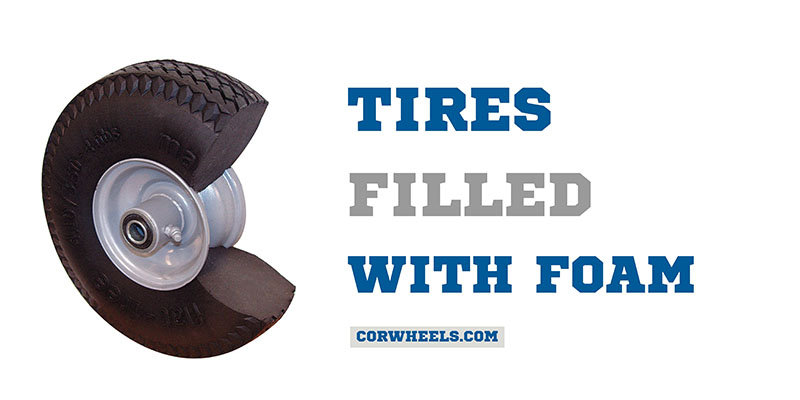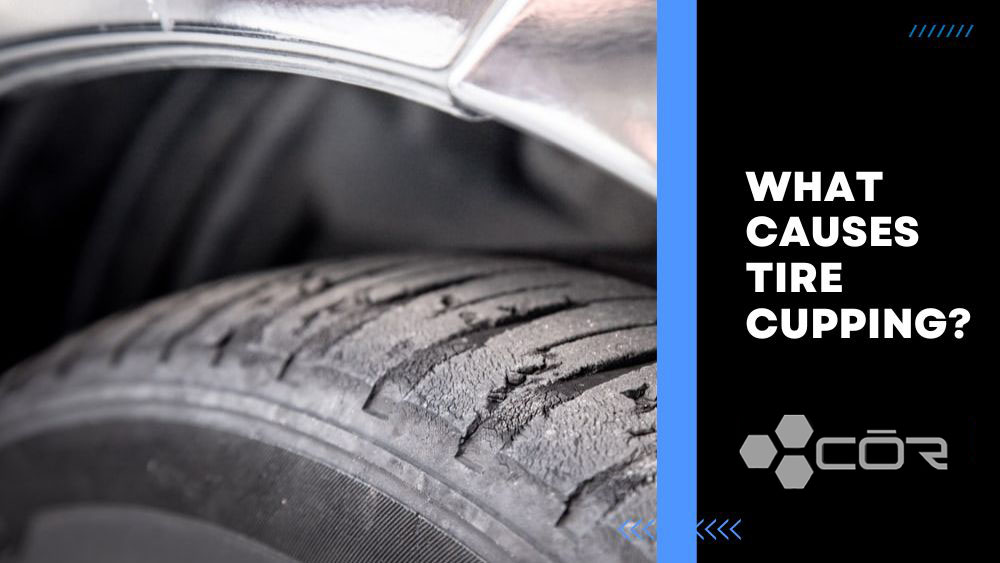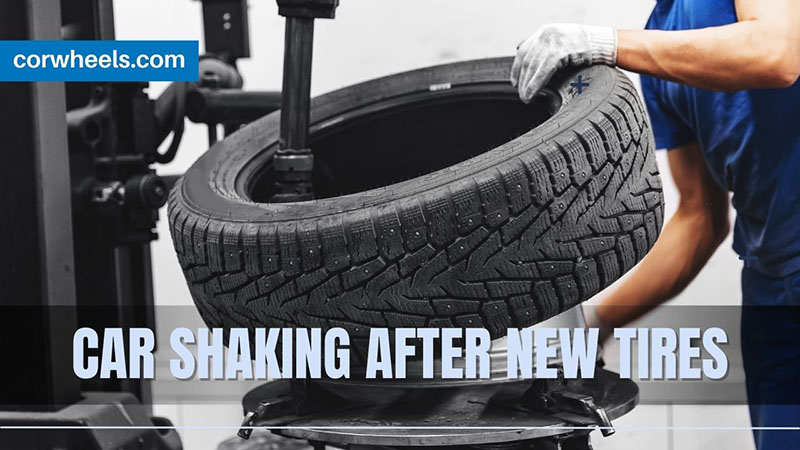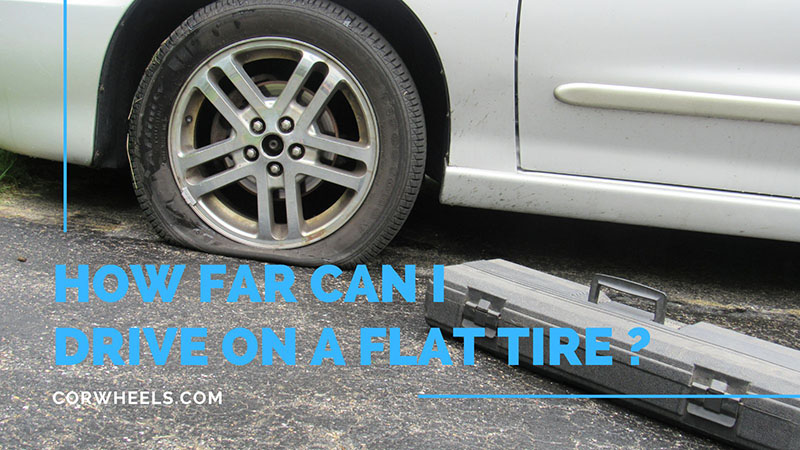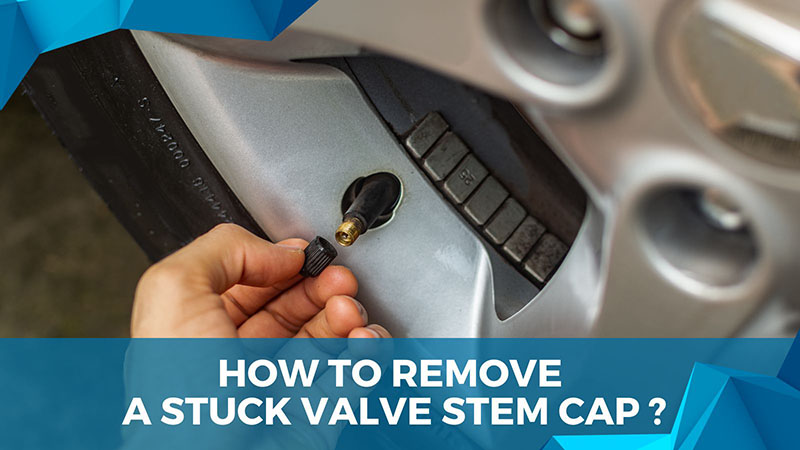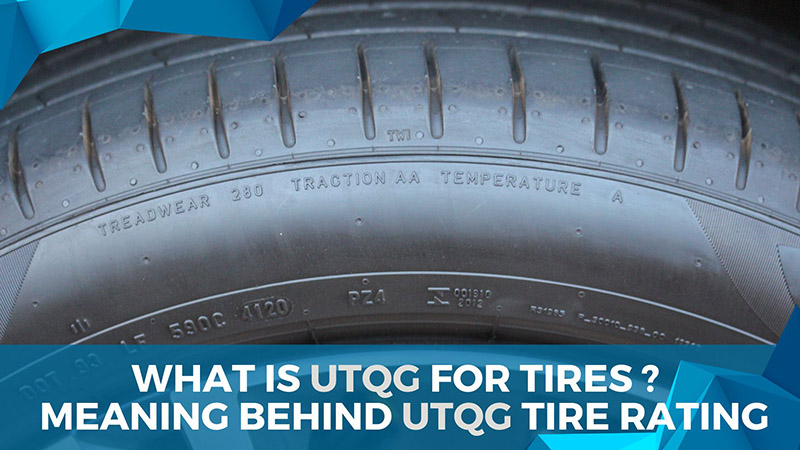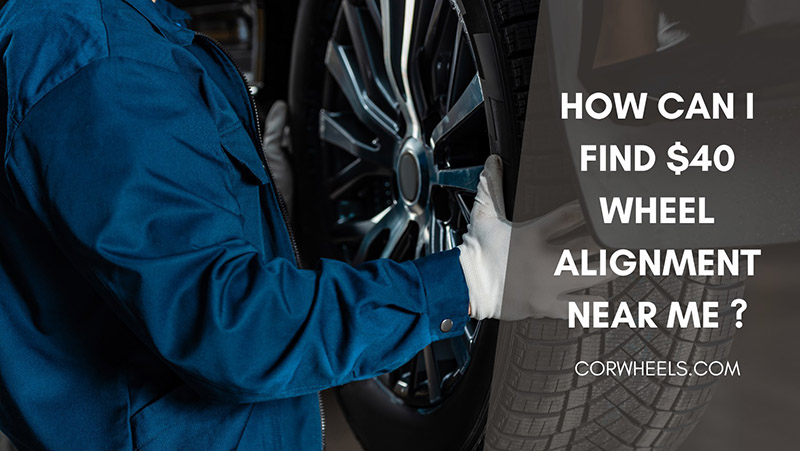Foam filled tires are becoming increasingly popular in heavy-duty applications as they provide puncture resistance, reduced downtime, and improved stability.
Unlike traditional air-filled tires, foam-filled tires are made by injecting polyurethane foam into the tire, creating a solid core. I will walk you through the benefits of foam-filled tires, how they differ from solid tires, and how to fill them with foam.
In this article:
What Are The Benefits Of Foam Filled Tires?
Foam-filled tires help maintain tire pressure better, thereby preventing flat tires or punctures. Thanks to this, they also ensure stable contact patch and deflection, giving you consistent drives and more safety while reducing maintenance.
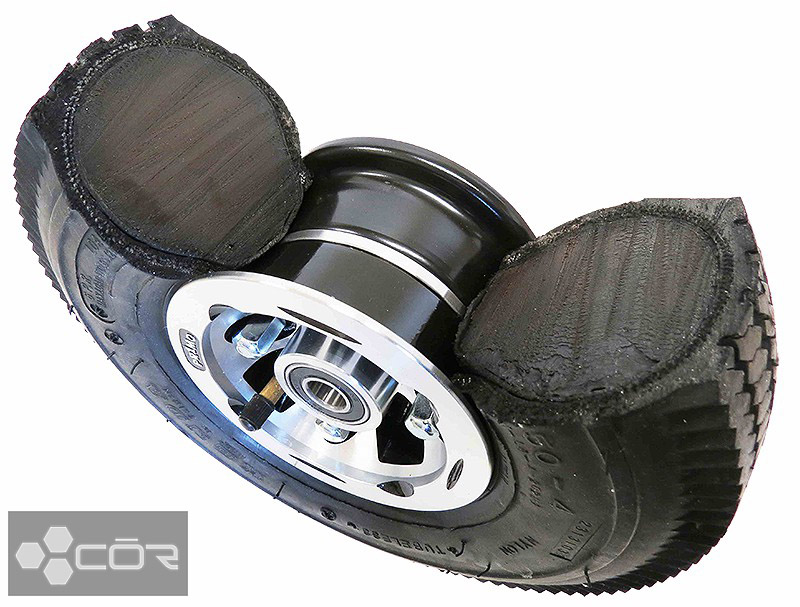
- Puncture resistance: Foam filling for tires enhances tire durability and reduces the risk of punctures from sharp objects.
- Reduced downtime: Eliminates flat tires, minimizing downtime and increasing productivity.
- Improved stability: Enhances tire stability, particularly in heavy-duty applications or when carrying heavy loads.
- Extended tire lifespan: Foam filling reduces wear and tear, leading to longer-lasting tires and cost savings.
- Maintenance-free: Eliminates the need for tire maintenance, such as checking and adjusting tire pressure.
Besides the above benefits, this type of tire also brings many advantages for road and construction vehicles.
Road vehicle:
- Eliminate road noise by about 15%
- Do not impact or intrude on driving performance
- Do not require upkeep
For construction automobiles:
- Leave no air remains inside the tires
- Increase tire support
- Avoid delays and downtime caused by punctures
Still, the suitability of foam-filled wheels depends on the specific needs and usage requirements of the vehicle or equipment they are intended for. Thus, consult your mechanic first.
Foam Filled Tires Vs Solid Tires: Which Is Better?
If you want a more comfortable and cheaper tire set while enjoying its flat-proof nature, go for foam-filled tires. Solid tires offer greater durability, improved traction, and less maintenance (no flats) but are harsher and more costly.
Foam Filled Tires
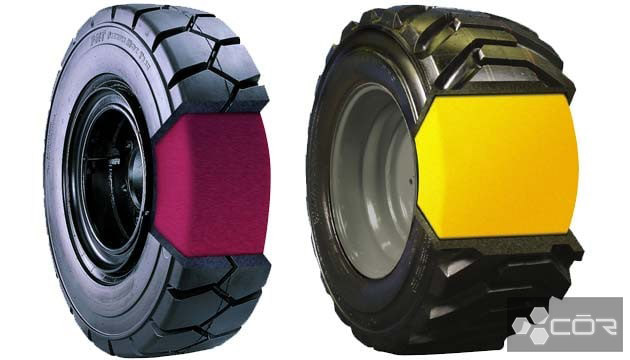
These tires are air-filled tires that have been filled with special polyurethane foam. They seems to fall behind their solid counterparts in most aspect, except for:
- Improved ride comfort: Foamfilled tires absorb shock and vibration, which can help reduce operator fatigue and improve overall ride comfort than solid ones.
- Cheaper price: The cost of components for solid tires are more expensive.
- Lighter: No wonder that ingredients in foam-filled tires are more lightweight.
Solid Tires
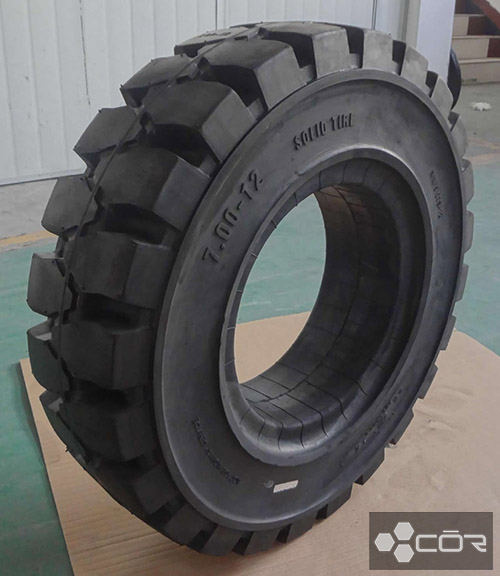
Solid tires, as the name suggests, are completely solid and do not contain any air or foam. These have some advantages over foam-filled models.
- Increased durability: They are extremely durable and are designed to withstand heavy loads and harsh conditions.
- Better traction: They have extra tread depth with solid construction, hence superior grip.
- Less maintenance, no flats: These tires require less maintenance than air-filled or foam-filled tires, as they don’t need to be checked for air pressure or leaks.
- No risk of blowouts: Solid tires are not subject to blowouts, which can cause damage or injury in air-filled or foam-filled tires.
How To Fill Tires With Foam
Here is the filling process that you can try.
Step 1: Remove the attached tire and wheel from the equipment and transport them to the foam fill business.
Step 2: The inside of the tire needs to be dry and devoid of any substances, such as water or liquid tire sealant.
Step 3: The valve stem is filled with foam, set to the proper pressure, and then sealed off.
Step 4: The urethane foam filling needs to cure into a solid condition by lying flat on a flat surface for around 24 hours.
Frequently Asked Questions
Can You Repair Foam-Filled Tires?
These tires can be repaired, but the repair process is often more complicated and costly than repairing air-filled tires. In many cases, it may be more cost-effective to replace a damaged foam-filled tire rather than attempting to fix it.
How Long Can You Drive With Foam In Tire?
You can typically drive for a maximum distance of between 50 and 100 miles after applying tire foam. Still, ideally, you will have checked into an auto repair shop and had the puncture mended permanently before then.
The Bottom Line
Tires filled with foam might have many advantages over tires traditionally air-filled and solid tires. They can assist in maintaining the efficiency of your operations by providing better puncture resistance, increased stability, and decreased downtime.
Follow the manufacturer’s directions closely to achieve safe and reliable results whether you decide to buy pre-filled foam tires or fill your own tires.
See more: What Are Pneumatic Tires?

